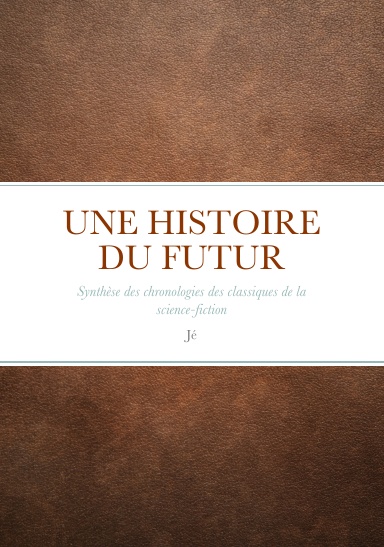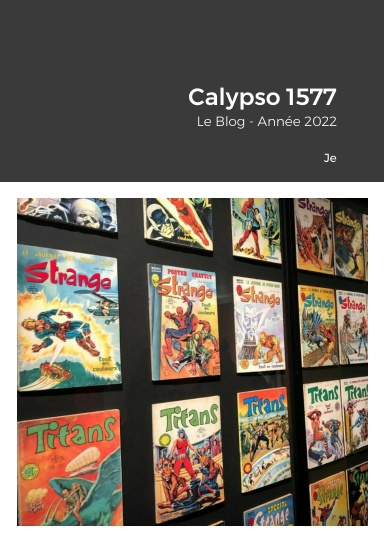Le bras d'Orion est ainsi nommé en raison de sa proximité apparente avec la constellation d'Orion. Il est situé entre le bras Sagittaire-Carène et le bras de Persée, deux des quatre bras majeurs de la Voie lactée. Dans le bras d'Orion, le Système solaire est proche du bord intérieur, dans la Bulle locale, à environ 8 000 parsecs (26 000 années-lumière) du centre galactique.
A computer game and a role-playing game are being developed by the community, within the OA milieu. There is an ezine for Orion's Arm fiction, art, and commentary, called Voices: Future Tense, add-ons for the Celestia program to displaying Orion's Arm planets, spacecraft and other objects, and additional transhumanist flavored SF illustrations.
The first published Orion's Arm book, a collection of five novellas set within the OA universe, called Against a Diamond Sky, was released in September 2009 by Outskirts Press. The second published Orion's Arm book, called After Tranquility, was released in February 2014.
Setting
OA is set over ten thousand years in the future, and claims to adhere to plausible, or "hard" science fiction; that is, no human-like aliens, no literal faster-than-light travel or other violations of the known laws of physics, and no "naval analogy" space battles. Certain speculative technologies, such as the creation of "negative mass" (averaged null energy condition-violating) exotic matter and the manipulation of strange forms of matter, such as magnetic monopoles and Q-balls, on length scales much smaller than that of an atom, strong artificial intelligence and artificial life appear in the setting, distinguishing it from "ultra-hard" science fiction (which assumes only technologies proven to be possible at the time it is written).The denizens of this universe are ruled over by god-like, superintelligent artificial intelligences (AIs), called "archailects", the descendants of humanity's (though not exclusively) early artificial life experimentation. These beings are so powerful that they can create new miniature universes, and are completely beyond the comprehension of normal humans. Their bodies exist as distributed intelligences in networks of planet-sized computer brains; their subroutines are themselves sentient, making an "archai" an individual and a civilization at the same time. Extraterrestrial life exists, but the focus is entirely on the descendants and creations of Earth life, here collectively called "terragen life". Normal humans, called "baselines", are an endangered species. Their genetically and cybernetically enhanced descendants have supplanted them.
There are many types of intelligent life: nearbaselines (enhanced humans), posthumans, cyborgs, vecs (intelligent robots; named for Hans Moravec), aioids (intelligent computers), uploads (intelligences transferred into computers), neumanns (self-replicating robots; named for John von Neumann), provolves (animals with enhanced intelligence, similar to "uplift" - see below), rianths (humans with animal DNA spliced in), splices (similar to provolves, upgraded with human DNA), neogens (life genetically synthesized from non-life) and xenosophonts (aliens). Nanotechnology is common. Ringworlds, Dyson spheres and other "megastructures" exist. Much of civilised space is connected by a network of wormholes.
OA is a part of the transhuman space opera subgenre. The world was influenced by Iain M. Banks' Culture series, Vernor Vinge's A Fire Upon the Deep, and David Brin's Uplift Universe, among others. It takes the concept of the technological singularity directly from the work of Vernor Vinge among others. In Orion's Arm, there is not one singularity but at least six, and they refer not to stages in the technological development of civilizations as a whole, but to different levels of consciousness in individuals. The concept of Toposophics used in this setting is inspired by the work of Stanisław Lem.
Prominent theoretical technologies
Technologies that feature prominently in the Orion's Arm setting include:- Nanotechnology, and sub-atomic analogues.
- Extremely advanced artificial intelligence.
- Space megastructures.
- Production and manipulation of averaged null energy condition-violating negative stress energy tensor fields, including quintessence and scalar quantum field fluctuations, for use in reactionless space drives and wormholes.
- Stable wormholes, allowing apparent faster-than-light travel between star systems, though they must be transported to the systems at sublight speeds (with physical limitations intended to prevent time travel).
- Several types of reactionless sublight space drive, including almost all of the types described by NASA's Breakthrough Propulsion Physics Program, though in the setting most of these are in the process of being replaced by various space drives, including Displacement, Halo, and Void drives, which are themselves based upon the ESAA/Van den Broeck metric solution to the Alcubierre/Natario warp drive.
Prominent theoretical artifacts
Types of megastructure that feature prominently in the Orion's Arm setting include:- Dyson spheres (shells around stars), both swarm-based and dynamically-supported.
- Ringworlds (rigid hoops around stars at a distance of about 1 AU).
- Bishop Rings (large ring-shaped habitats), described as the largest spinning ring-shaped habitats that can be built using non-exotic materials.[12] Similar to Iain M. Bank's Orbitals or Halo.
- Complex orbital ring variants (suprastellar and supraplanetary shells) that perform functions similar to Dyson spheres.
- Utility fog (swarms of microscale robots that act as a reconfigurable bulk material).
- Disassembler swarms (grey goo-like swarms of nanorobots that dismantle hostile craft/objects).
- Angelnets (nanotechnology-based infrastructures allowing for complete control of the local environment, up to and including mind uploading in the case of severe accidents, that provides functional immortality in addition to its holodeck-like uses).





















4 commentaires:
Orion's Arm Universe Project claims to adhere to plausible, or "hard" science fiction; that is :
- no human-like aliens,
- no literal faster-than-light travel or other violations of the known laws of physics,
- and no "naval analogy" space battles.
The denizens of this universe are ruled over by god-like, superintelligent artificial intelligences (AIs), called "archailects", the descendants of humanity's (though not exclusively) early artificial life experimentation.
These beings are so powerful that they can create new miniature universes, and are completely beyond the comprehension of normal humans.
Their bodies exist as distributed intelligences in networks of planet-sized computer brains; their subroutines are themselves sentient, making an "archai" an individual and a civilization at the same time.
Extraterrestrial life exists, but the focus is entirely on the descendants and creations of Earth life, here collectively called "terragen life".
Normal humans, called "baselines", are an endangered species. Their genetically and cybernetically enhanced descendants have supplanted them.
There are many types of intelligent life:
- nearbaselines (enhanced humans),
- posthumans,
- cyborgs,
- vecs (intelligent robots; named for Hans Moravec),
- aioids (intelligent computers),
- uploads (intelligences transferred into computers),
- neumanns (self-replicating robots; named for John von Neumann),
- provolves (animals with enhanced intelligence, similar to "uplift" - see below),
- rianths (humans with animal DNA spliced in),
- splices (similar to provolves, upgraded with human DNA),
- neogens (life genetically synthesized from non-life)
- and xenosophonts (aliens).
Bishop Ring (habitat)
(From Wikipedia, the free encyclopedia)
A Bishop Ring is a type of hypothetical rotating space habitat originally proposed in 1997 by Forrest Bishop of the Institute of Atomic-Scale Engineering. Like other space habitat designs, the Bishop Ring would spin to produce artificial gravity by way of centrifugal force. The design differs from the classical designs produced in the 1970s by Gerard K. O'Neill and NASA in that it would use carbon nanotubes instead of steel, allowing the habitat to be built much larger. In the original proposal, the habitat would be approximately 1,000 km (620 mi) in radius and 500 km (310 mi) in width, containing 3 million square kilometers (1.2 million square miles) of living space, comparable to the area of Argentina or India.
Because of its enormous scale, the Bishop Ring would not need to be enclosed like the Stanford torus: it could be built without a "roof", with the atmosphere retained by artificial gravity and atmosphere retention walls some 200 km (120 mi) in height. The habitat would be oriented with its axis of rotation perpendicular to the plane of its orbit, with either an arrangement of mirrors to reflect sunlight onto the inner rim or an artificial light source in the middle, powered by a combination of solar panels on the outer rim and solar power satellites.
Also unlike the 1970s NASA proposals, where habitats would be placed in cislunar space or the Earth-Moon L₄/L₅ Lagrangian points, Forrest Bishop proposed the much more distant Sun-Earth L₄/L₅ Lagrangian points as the sites for the habitats.
Bishop rings in fiction
- Bishop Rings are a common type of habitat in the fictional universe of the Orion's Arm worldbuilding project; their radius varies from as little as 100 km to as much as 1000 km (62—620 mi).
- The eponymous ring installations of the Halo series are essentially Bishop Rings with slightly divergent proportions. Notably, the Halo rings are located in orbit around gas giants and rocky planets rather than at lagrangian points.
- Orbitals are a similar concept but much bigger thus would require much stronger materials.
See also
- Halo (megastructure)
- Island Three
- Orbital (The Culture)
- Ringworld
- Rotating wheel space station
Enregistrer un commentaire